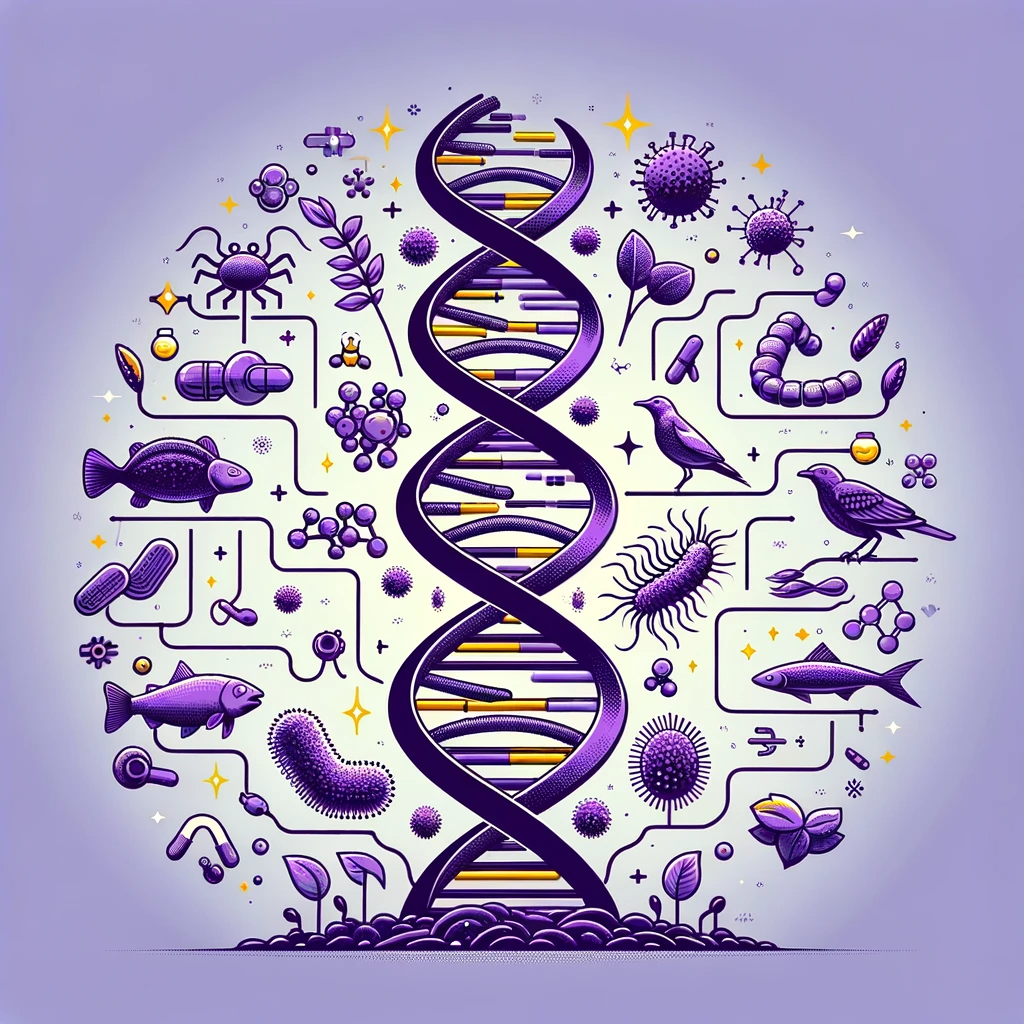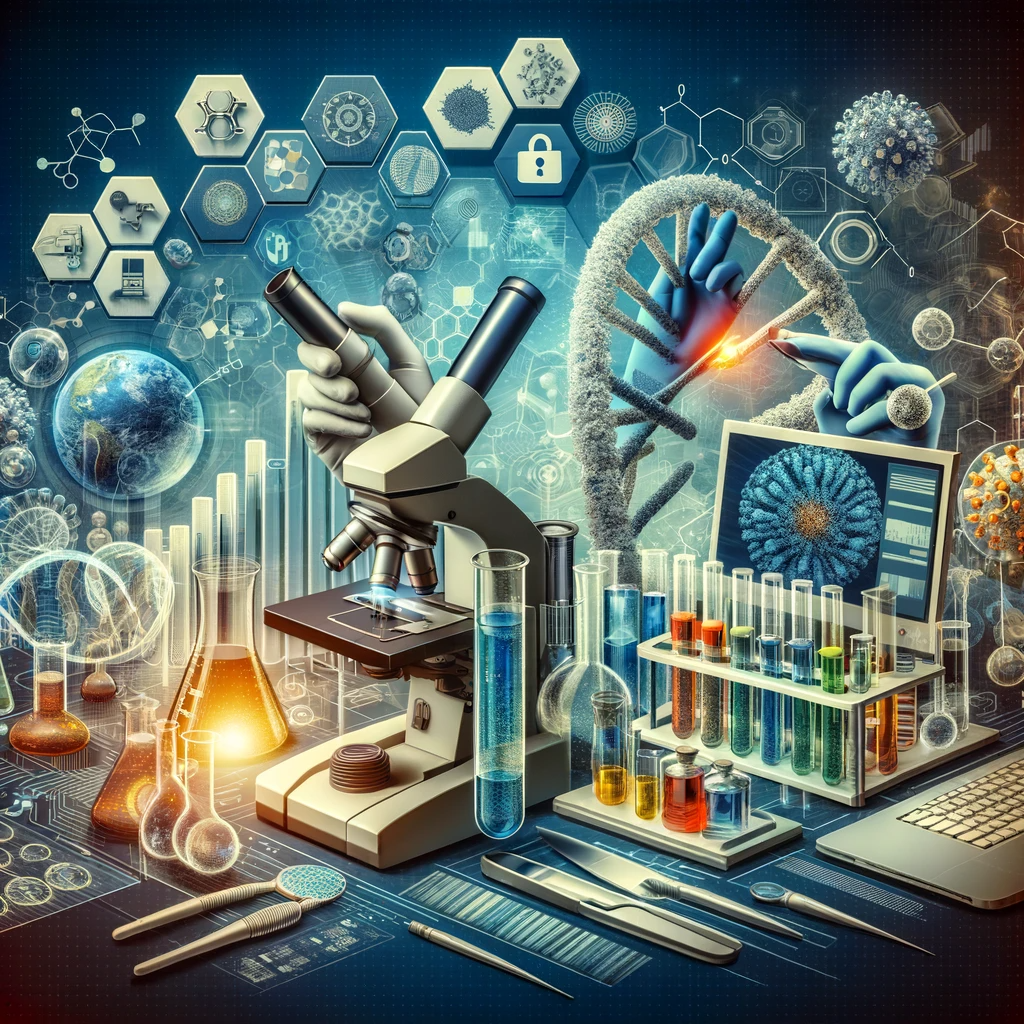Genetics Odyssey: Decoding Conserved Genes with Bionl

Introduction
In the expansive universe of genomics, amidst the dynamic realm of changing nucleotides, reside the guardians of evolutionary history: conserved genes. These genetic sequences, resilient to the passage of time and mutation, offer a glimpse into our ancestral past and shed light on the fundamental constructs of life. Exploring conserved genes through the lenses of bioinformatics and genetics is a journey of scientific discovery, navigating the vast oceans of data to uncover secrets woven into our very DNA.
Evolutionary Signposts: The Role of Conserved Genes
Evolution, the master sculptor of genomes, carves out the paths of life across millennia. Within this ever-evolving landscape, conserved genes stand as enduring markers, resistant to the tides of change. Their sequences, remarkably similar across diverse species, hint at their crucial role in life's playbook. These genes – from the ribosomal units crafting proteins to DNA polymerases duplicating life’s blueprint – are the keystones of biological processes, their alteration potentially catastrophic.
Bioinformatics: Unraveling the Genetic Mysteries
In today’s data-rich era, bioinformatics is the key to deciphering these genetic codes. Sophisticated algorithms traverse through vast genomic datasets, aligning conserved sequences from varied species like piecing together an ancient manuscript. This comparative analysis allows us to trace life’s evolutionary journey, using these conserved genes as reliable guides to understand genomic diversity and anticipate new biological roles.
Beyond Mere Sequence Conservation
The intrigue of conserved genes extends beyond their sequence stability. Within these steadfast regions, minor yet impactful variations exist – single nucleotide polymorphisms, insertions, deletions – each playing a role in gene functionality, protein structure, and disease predisposition. Delving into these variations uncovers the dynamic interplay between evolution, adaptation, and individual traits.

Integrating Bench Research and Bioinformatics
Grasping the full scope of conserved genes requires a blend of computational and experimental approaches. Bioinformatics serves as the digital lens, sifting through genomic landscapes, while laboratory experiments validate and explore these findings, revealing the biochemical roles of these ancient genetic sequences. This synergy between data analysis and lab research drives advancements in understanding disease mechanisms, paving the way for personalized medicine and enriching our comprehension of life.
Bionl's Contribution to the Study of Conserved Genes
As we unravel the intricacies of conserved genes, Bionl emerges as an invaluable tool in this scientific quest. Bionl's advanced bioinformatics platform offers researchers the power to analyze and interpret these genetic treasures efficiently. With Bionl, the complexity of genomic data is transformed into accessible, actionable insights, fostering discoveries that bridge our past with future health innovations. In the study of conserved genes, Bionl is not just a tool; it's a gateway to unlocking the mysteries of evolution and life.
Conclusion
Studying conserved genes is a voyage into our collective biological heritage, a pursuit that transcends mere academic interest. These genes connect us to our evolutionary history and light the way for future health discoveries. With Bionl's bioinformatics capabilities, we continue this exploration, expanding our understanding and intricately weaving the rich tapestry of life with ever-greater detail and clarity.

